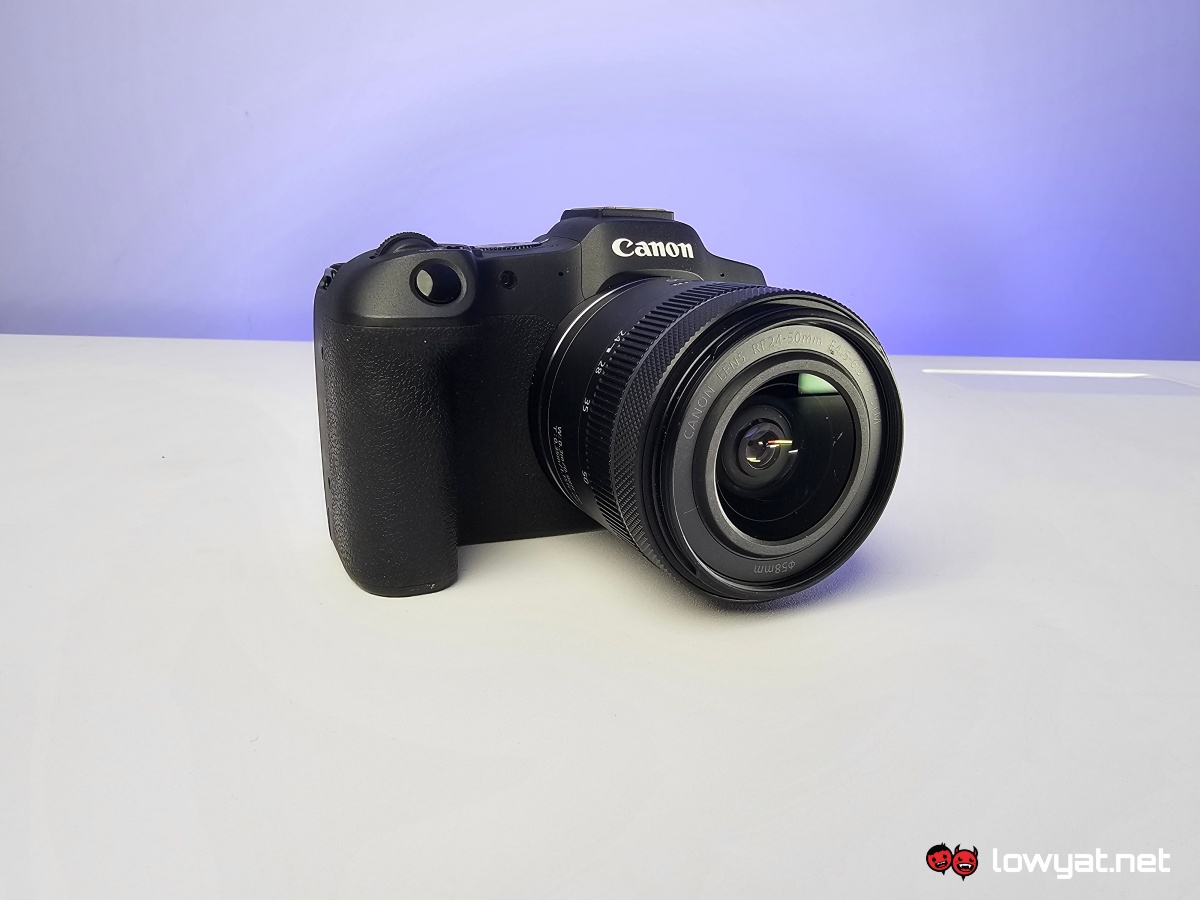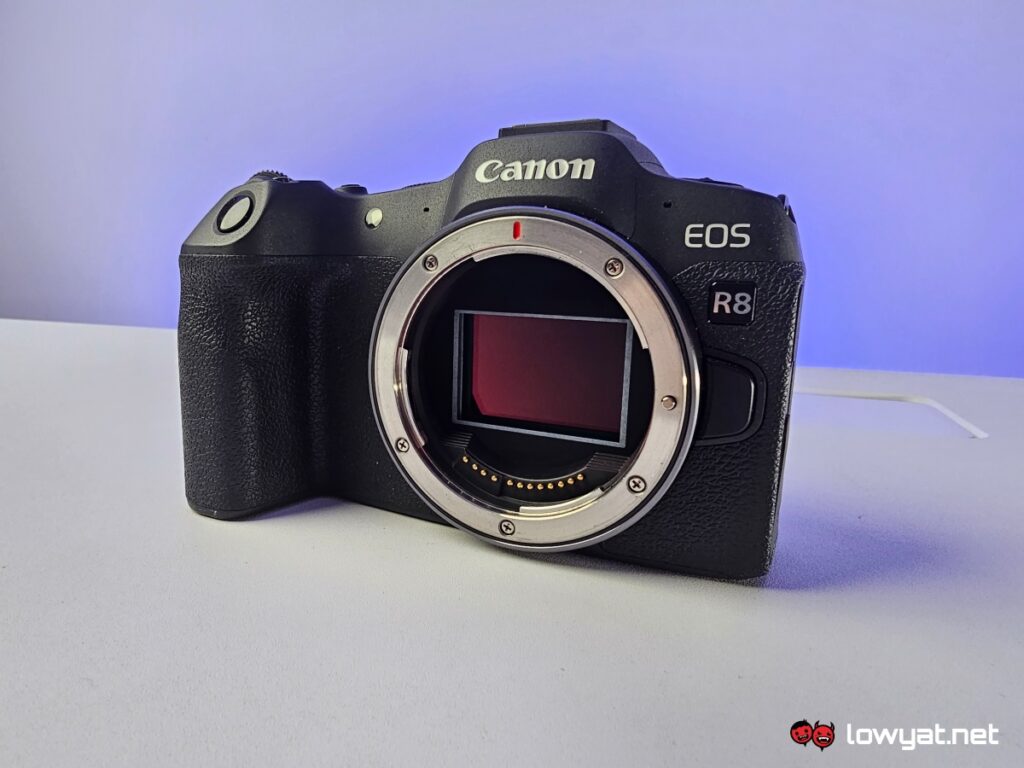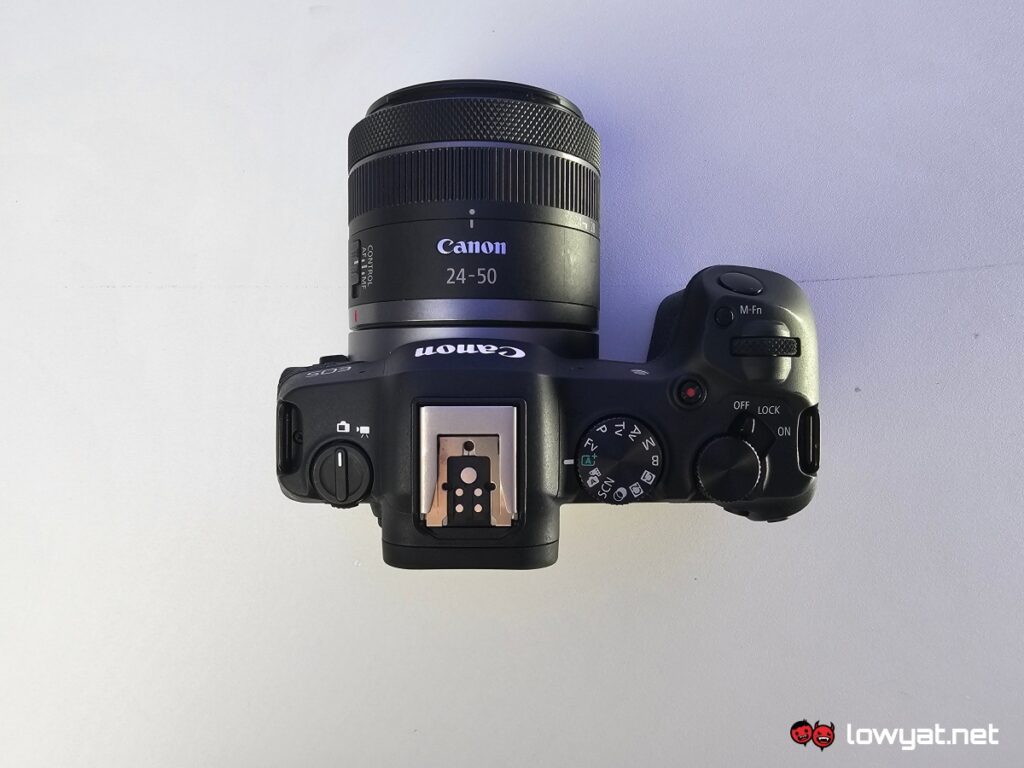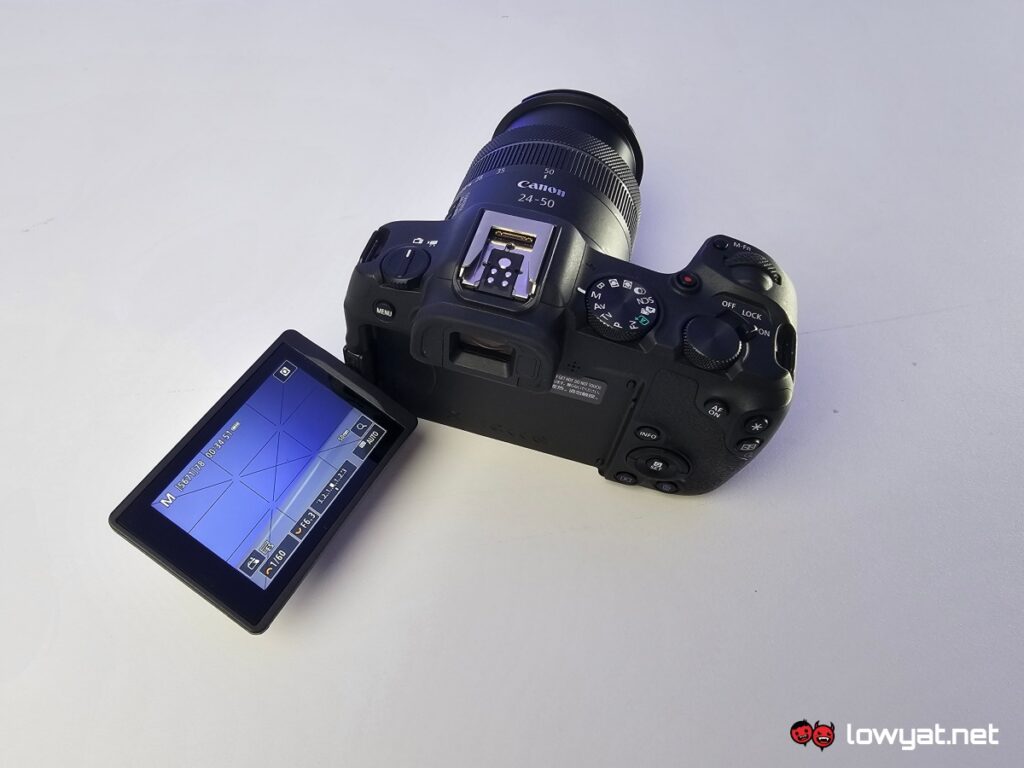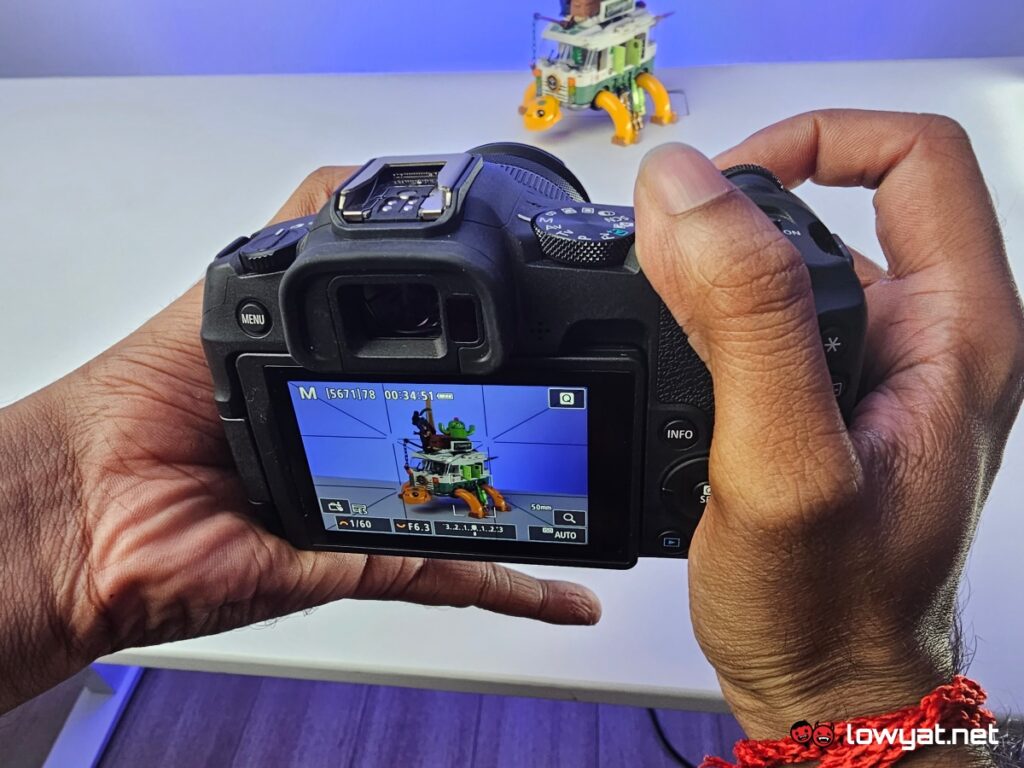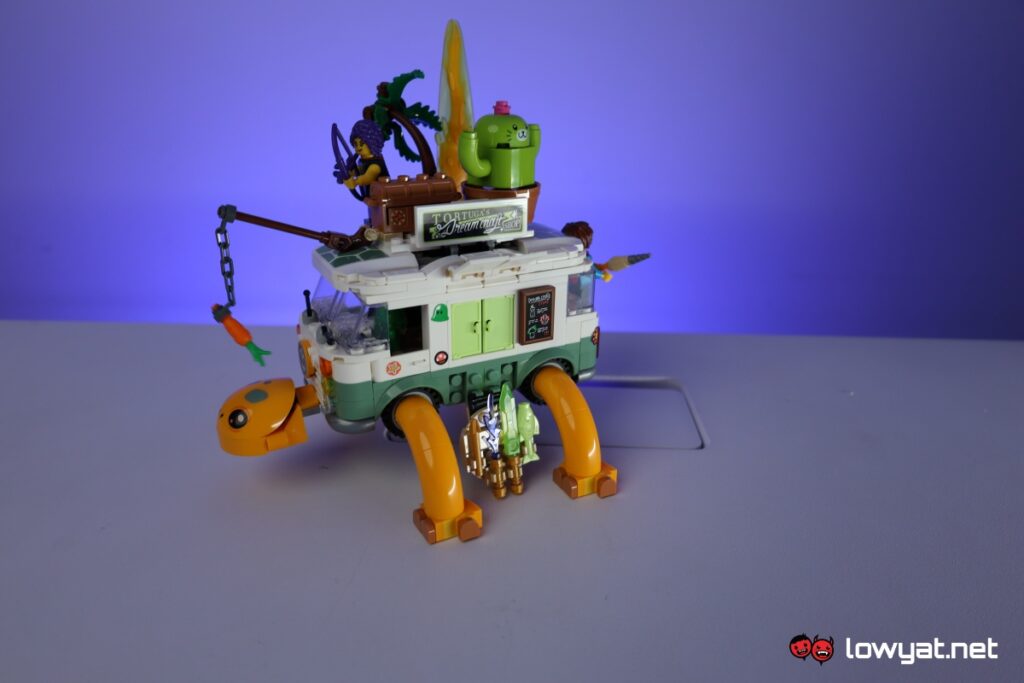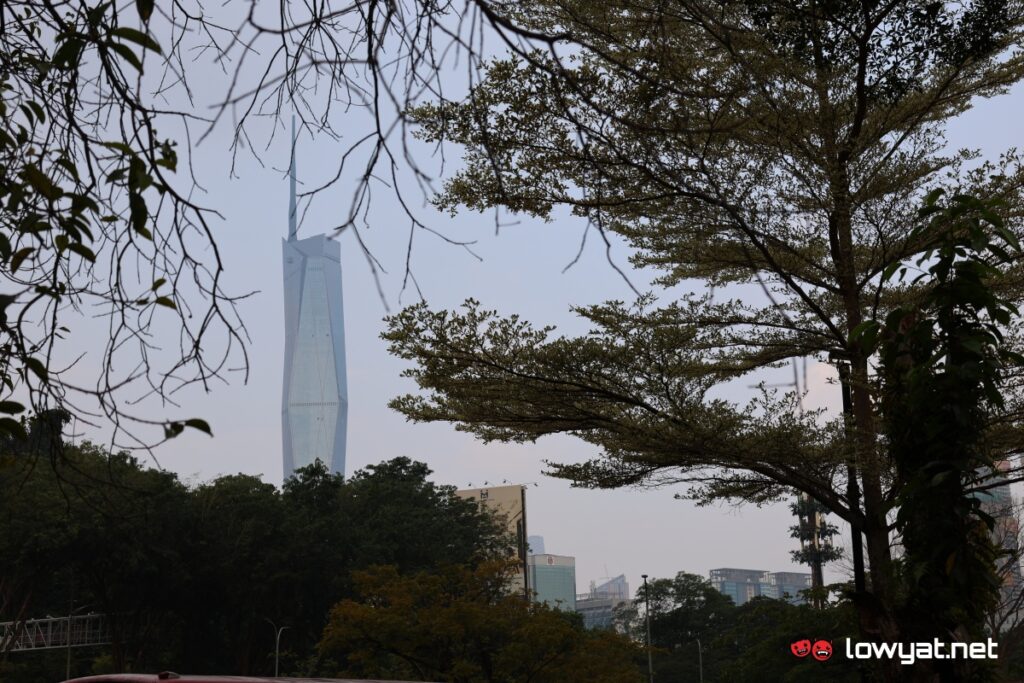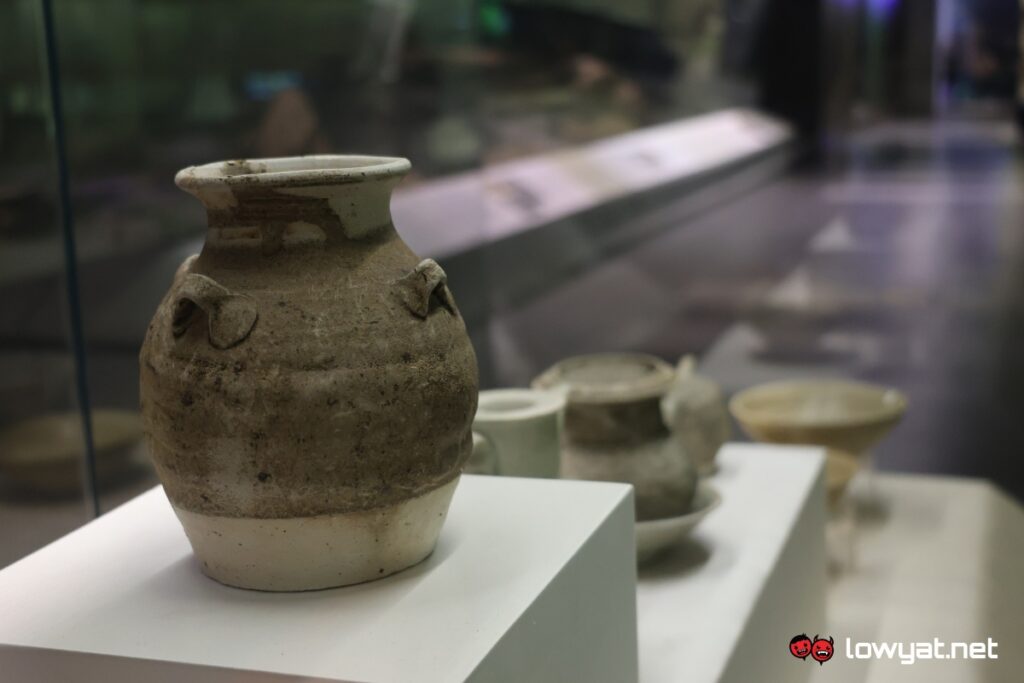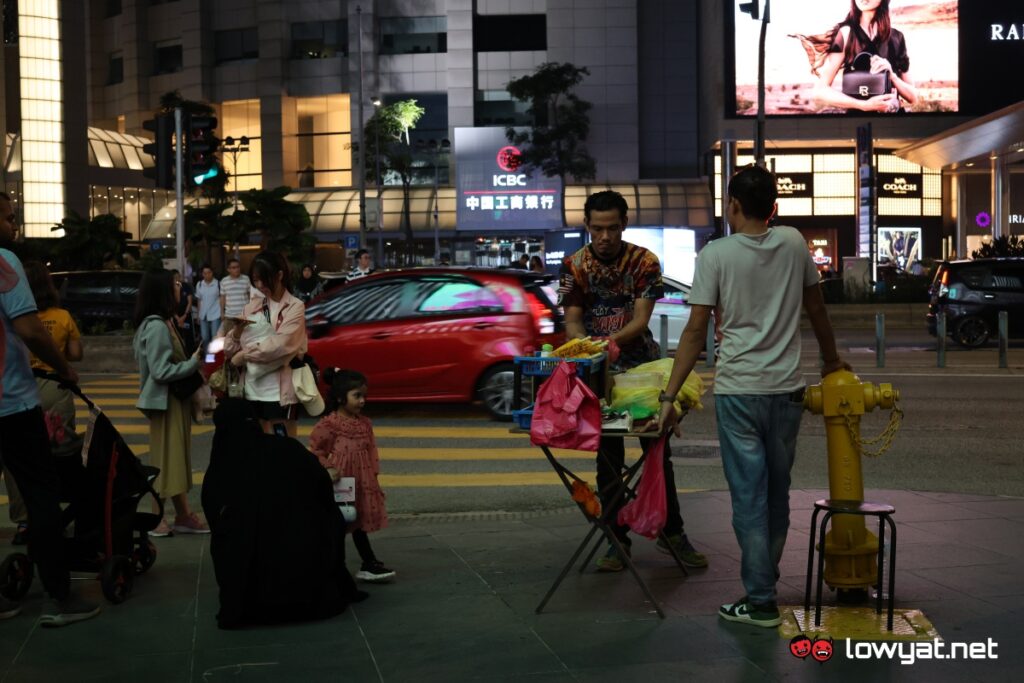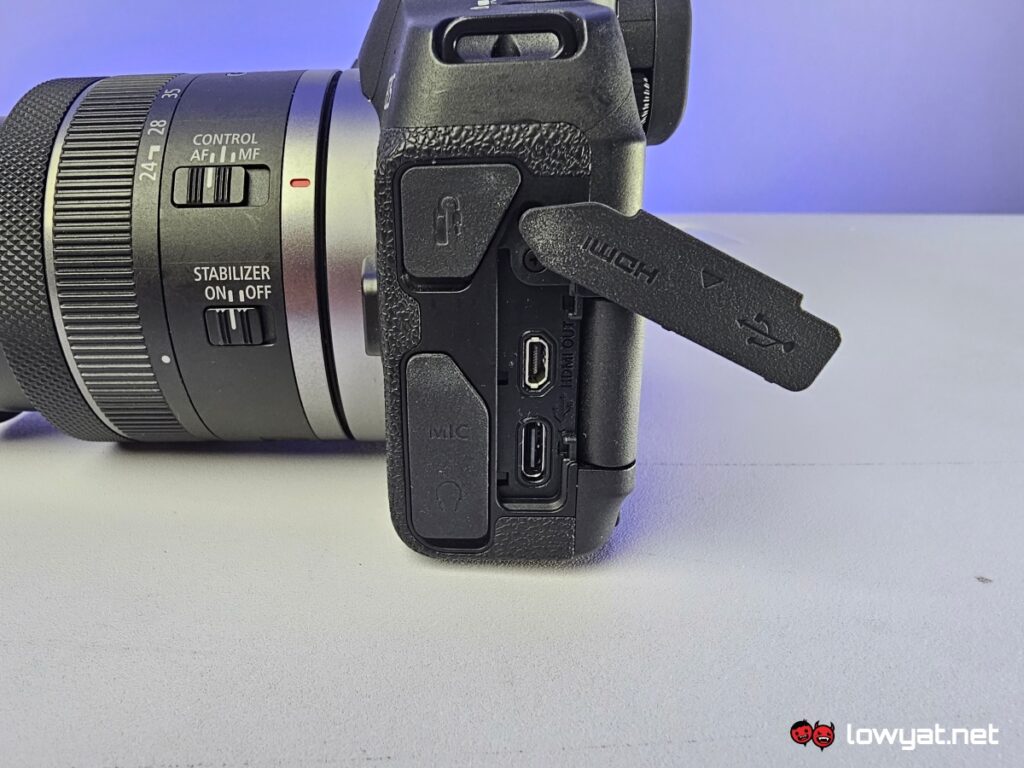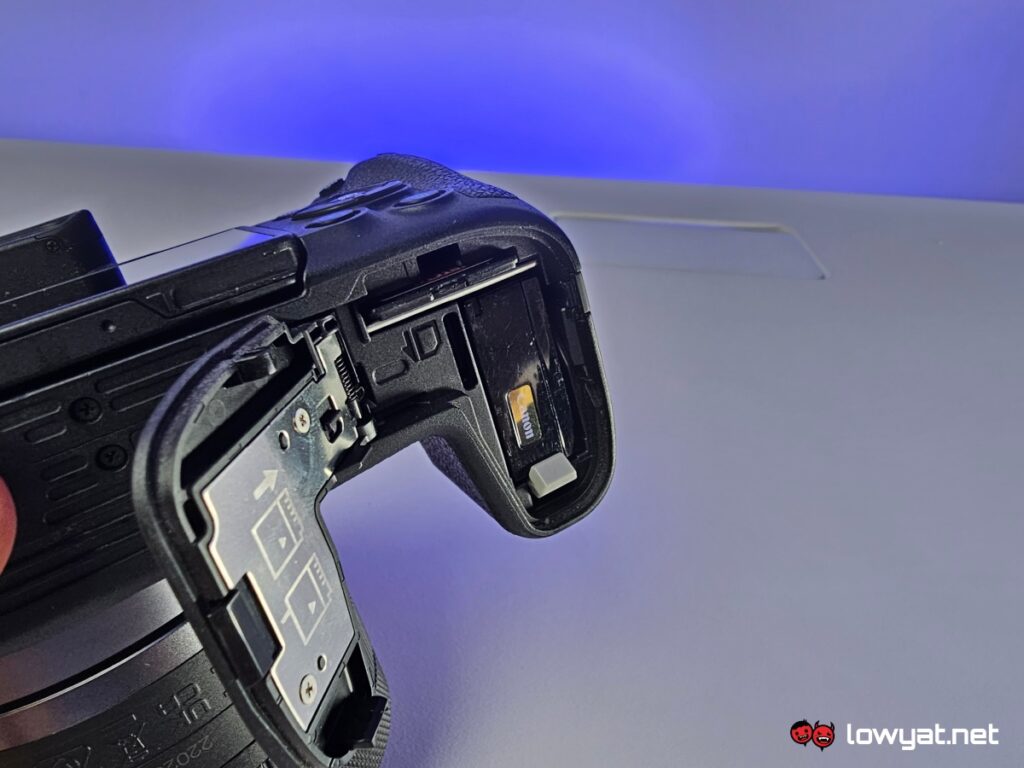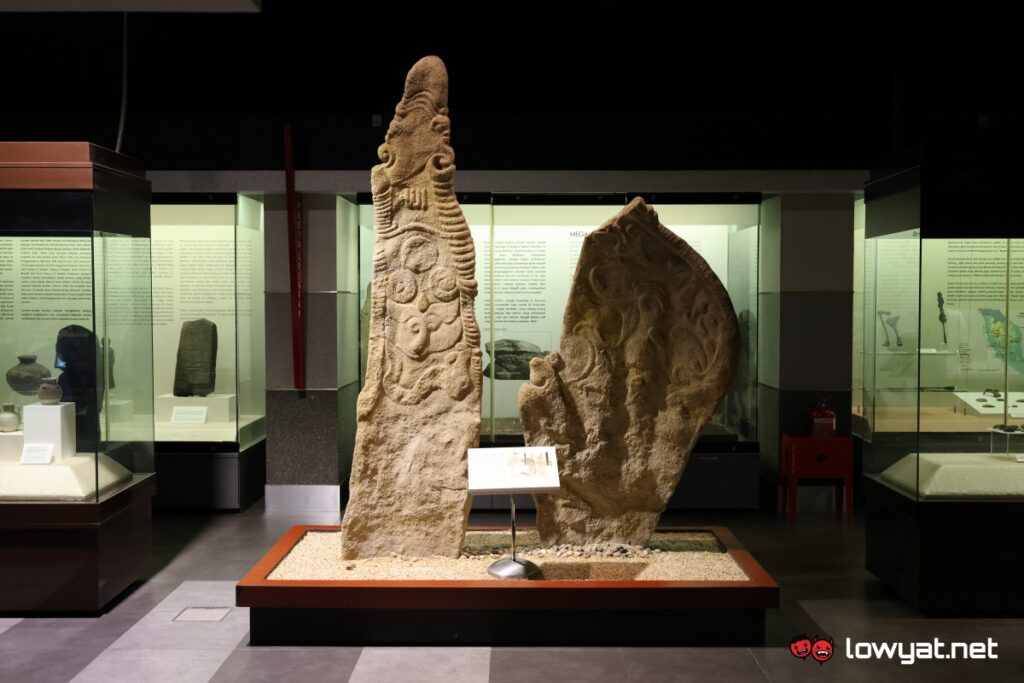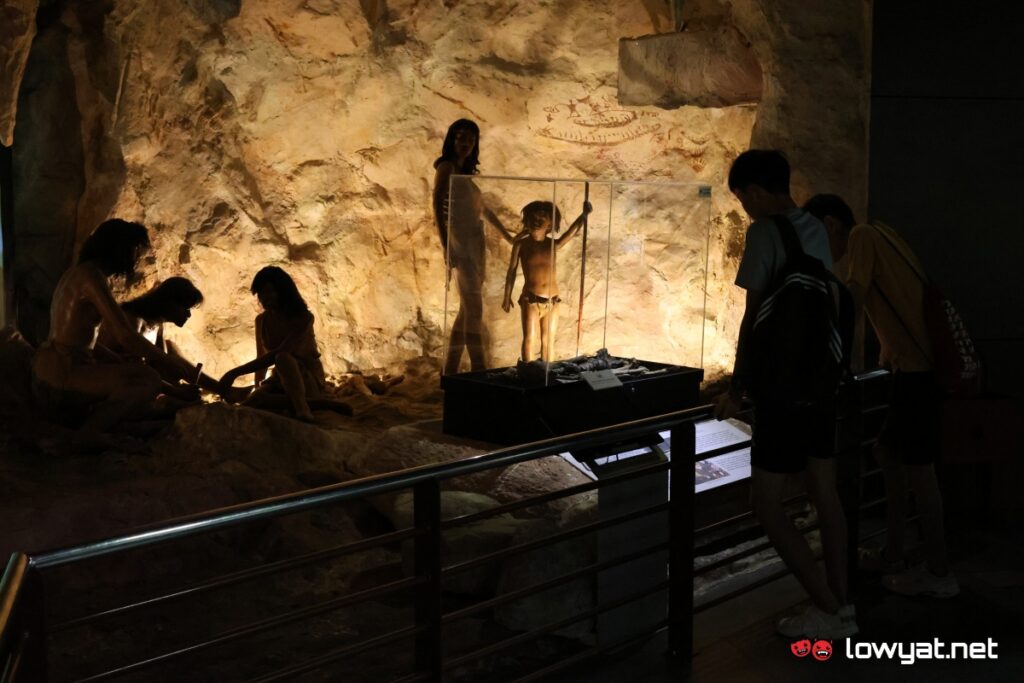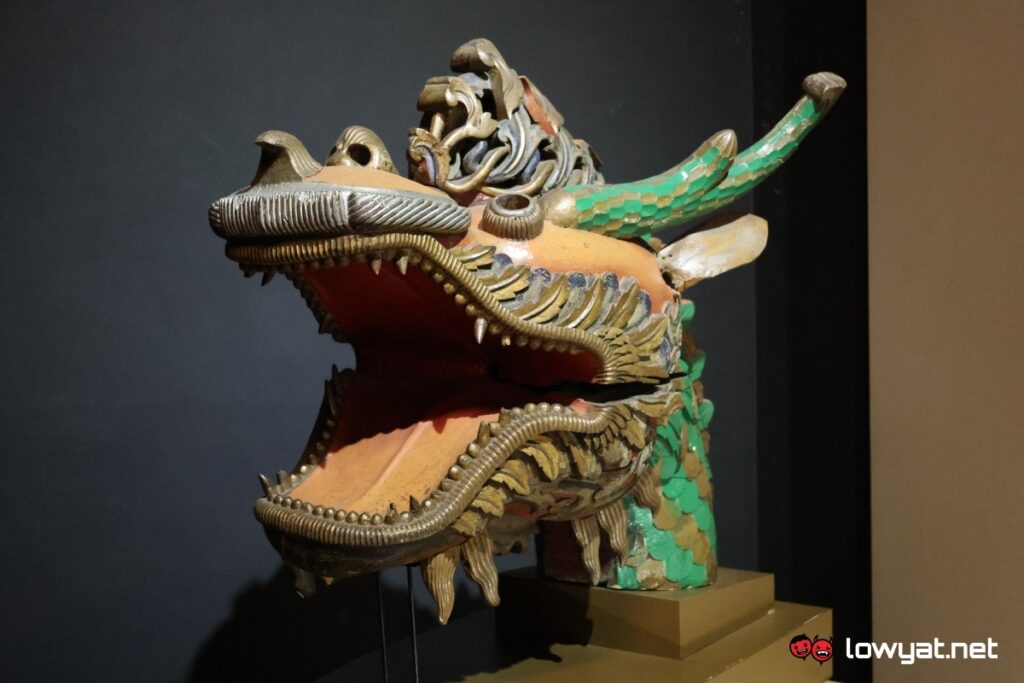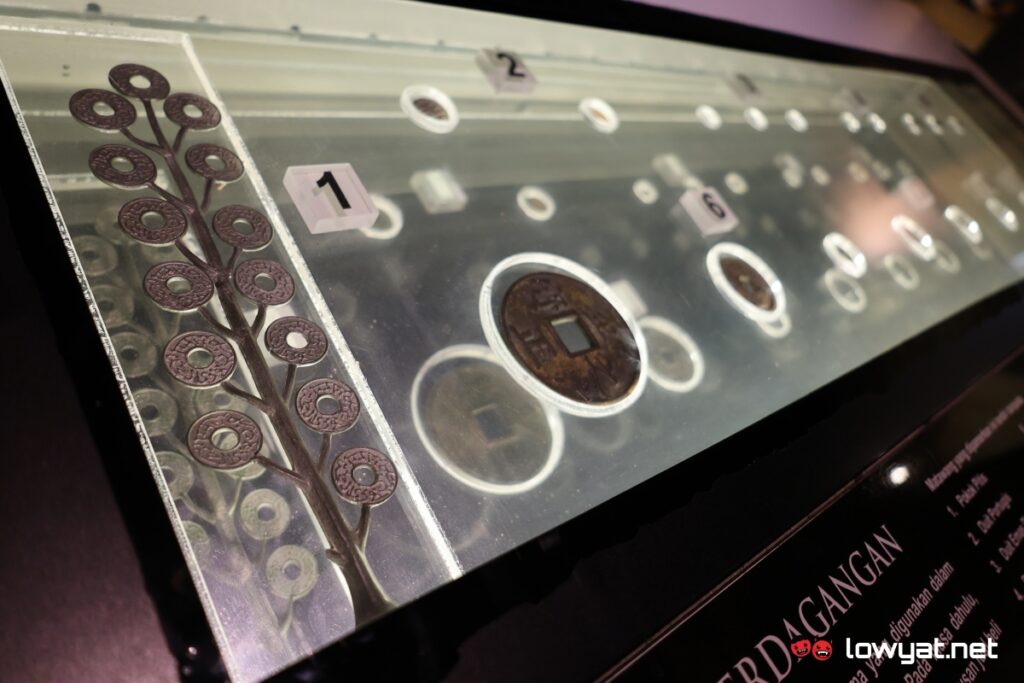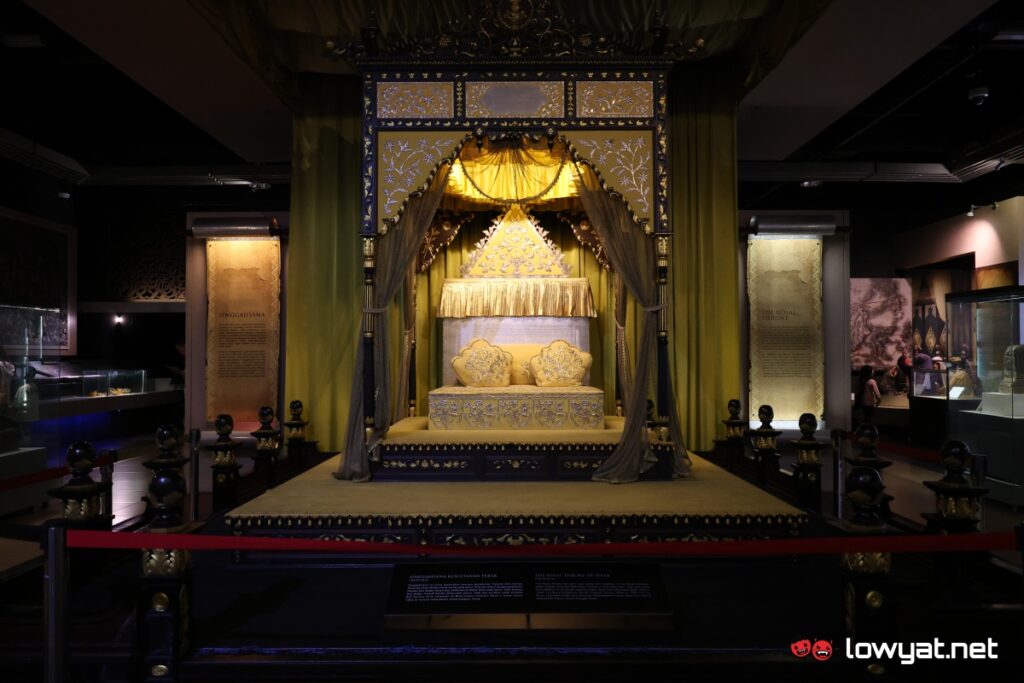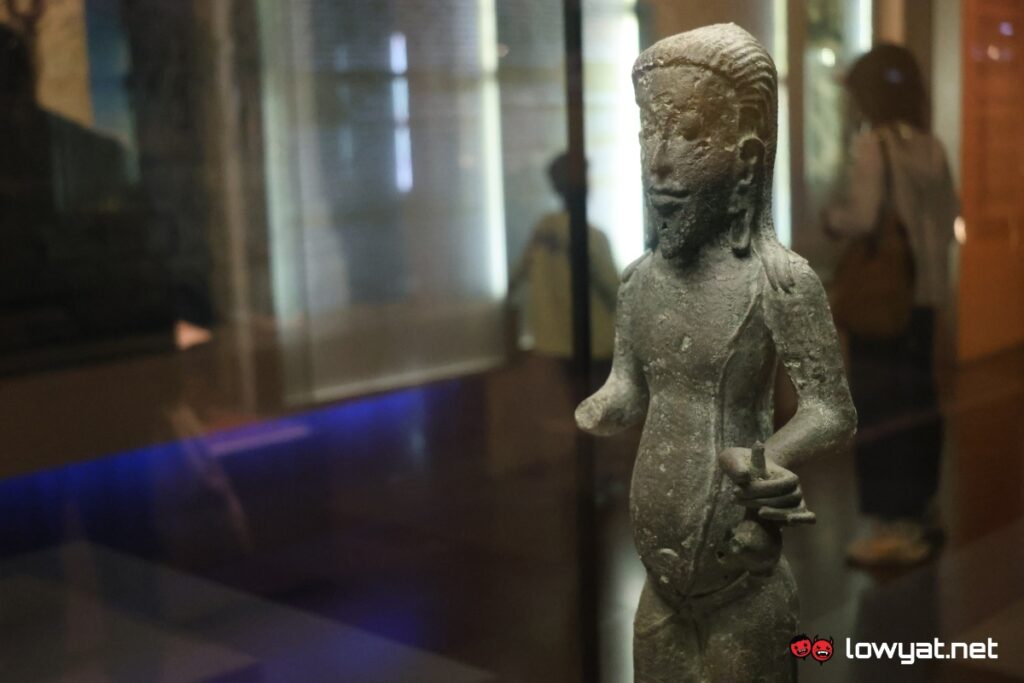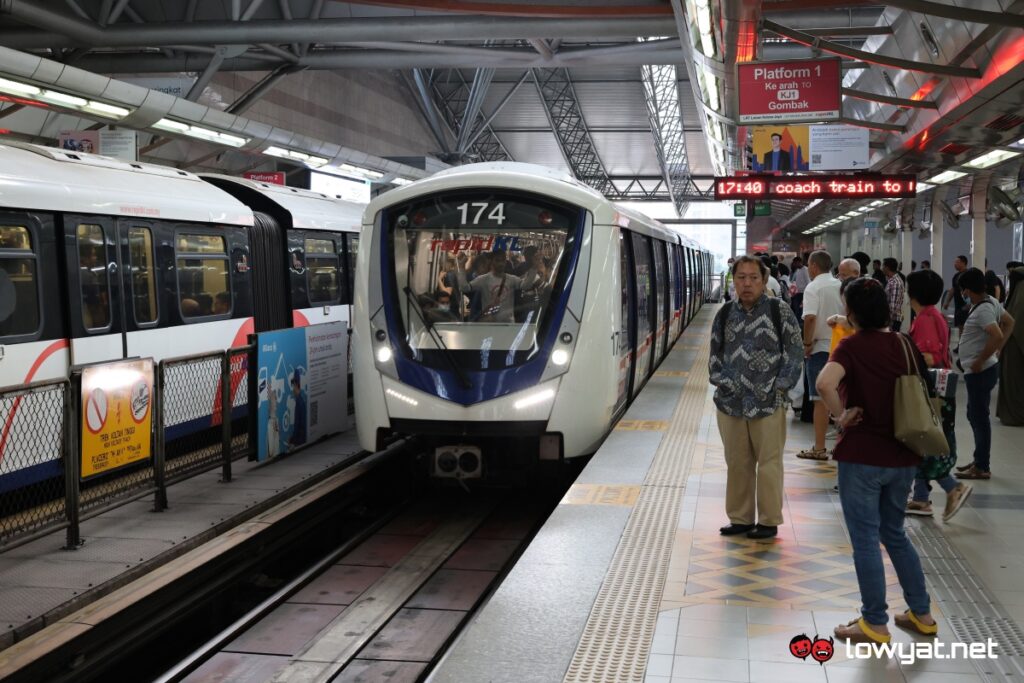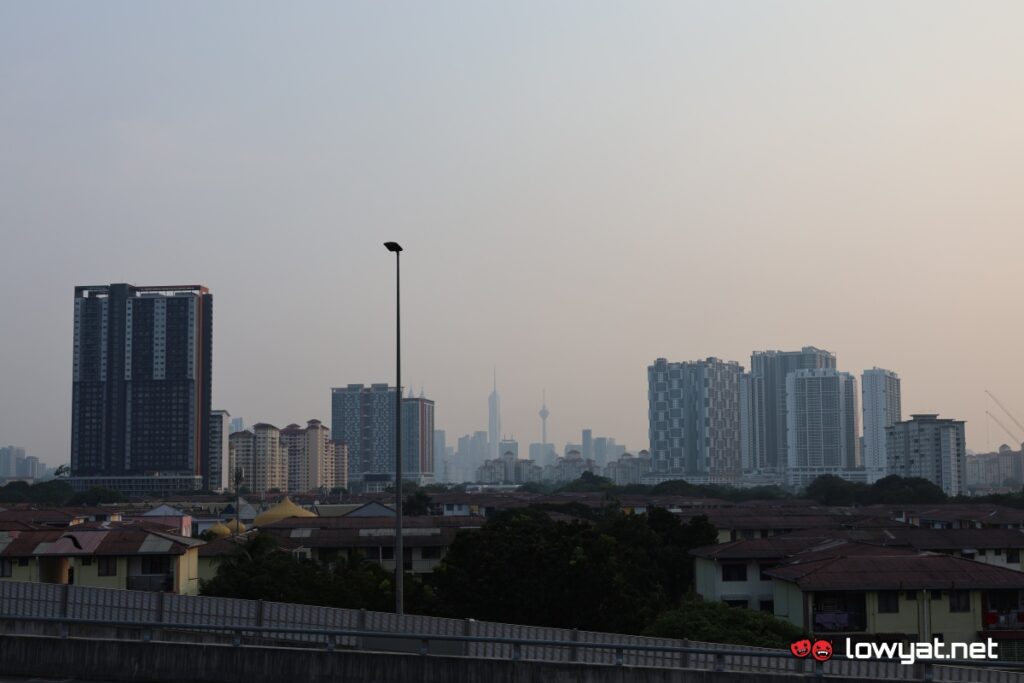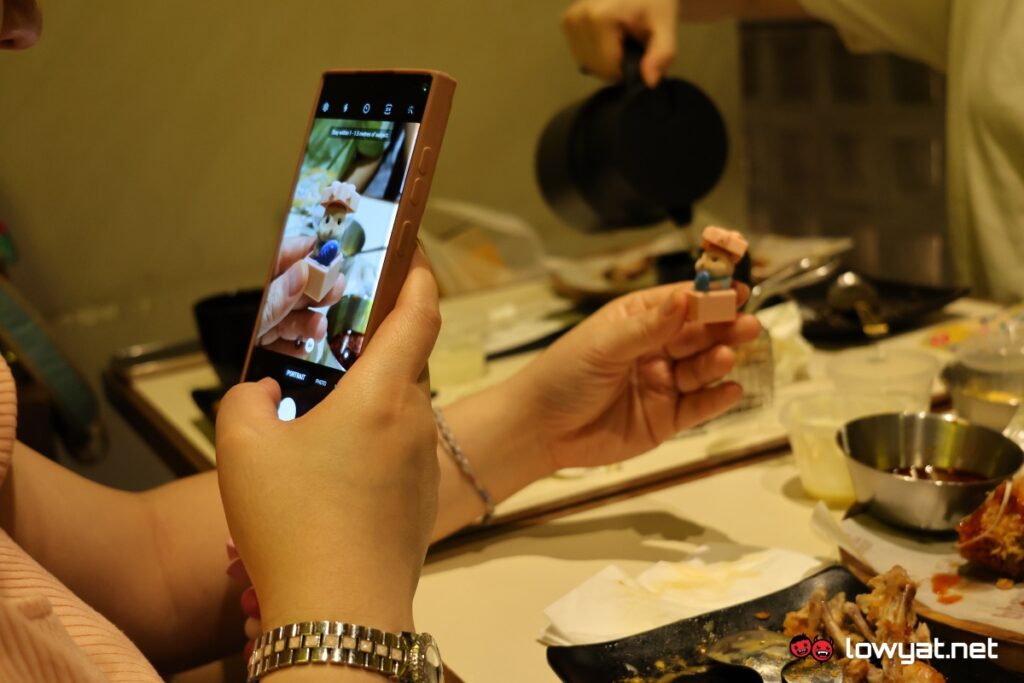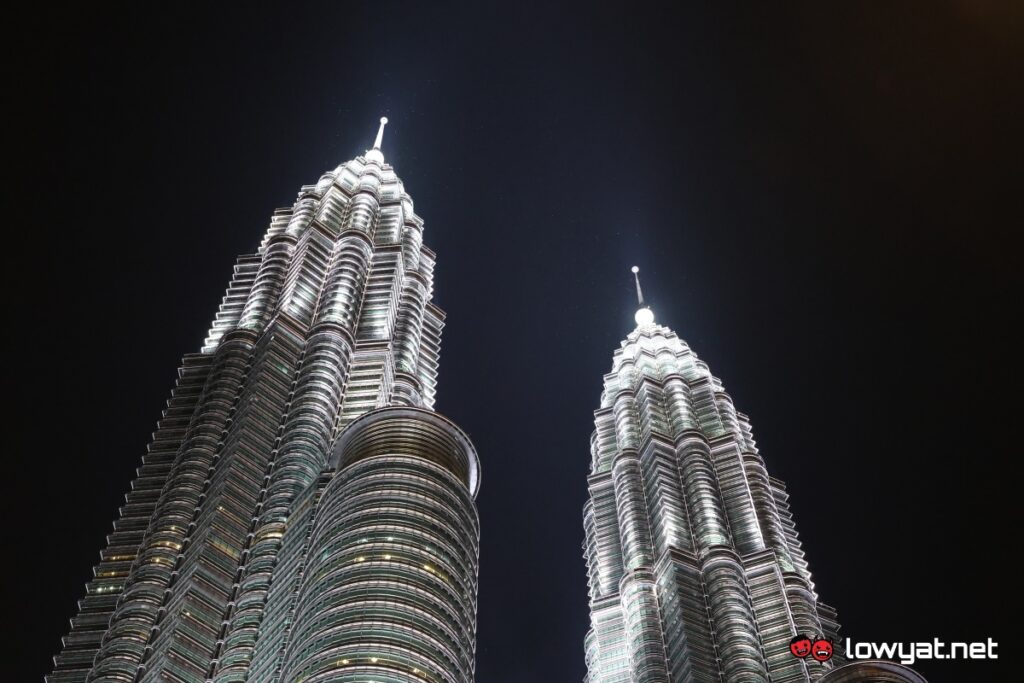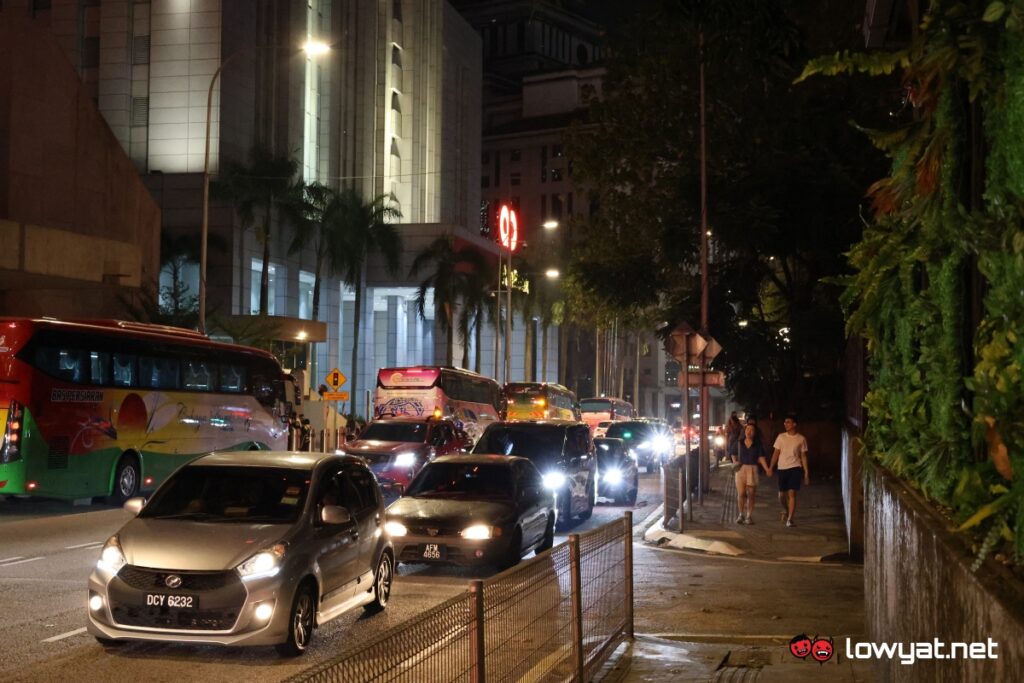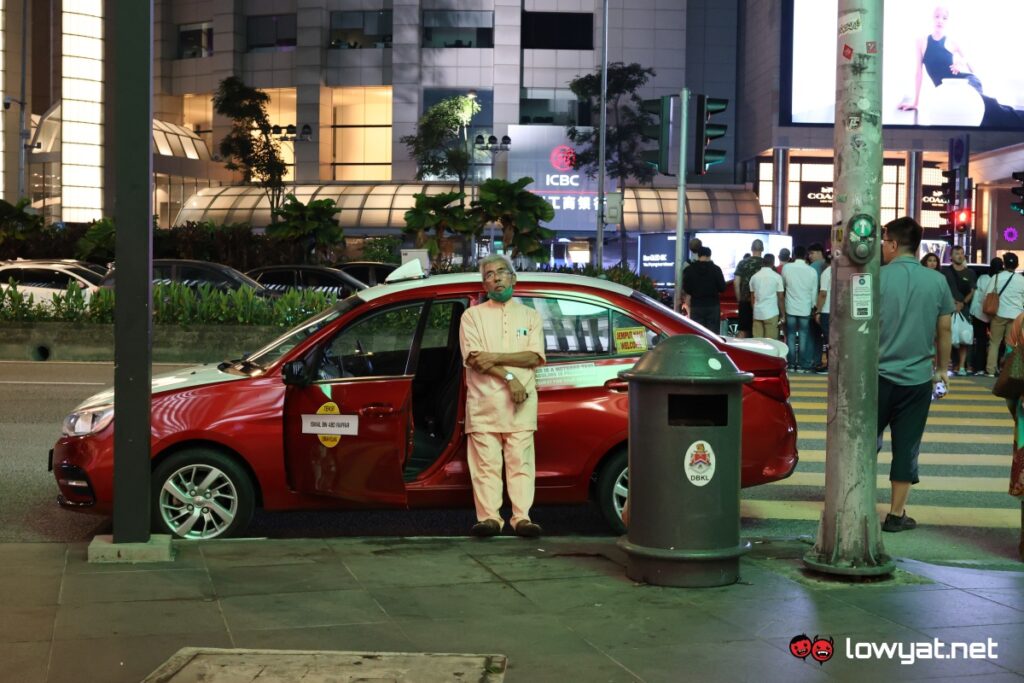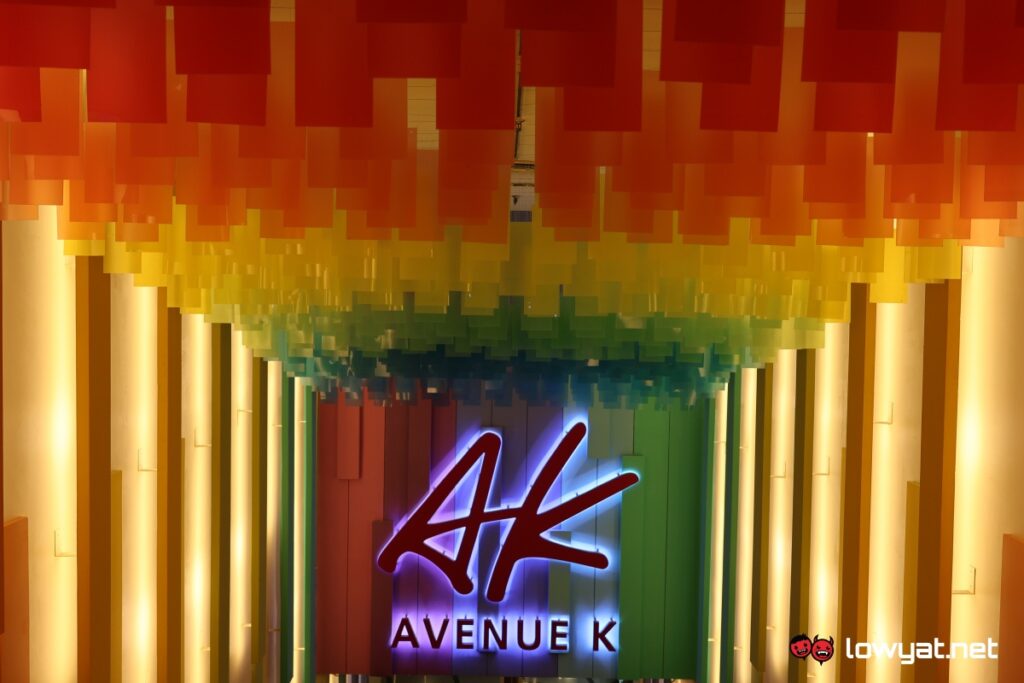The Canon EOS R8 isn’t new, but thanks to an opportunity by Canon Malaysia, I was given the chance to try the camera out. In case you missed it, this particular model was first announced last year, introduced as an alternative to the brand’s EOS R6 II, but in a smaller body and with certain features excluded in favour of a slightly more affordable price tag.
What Am I Looking At?
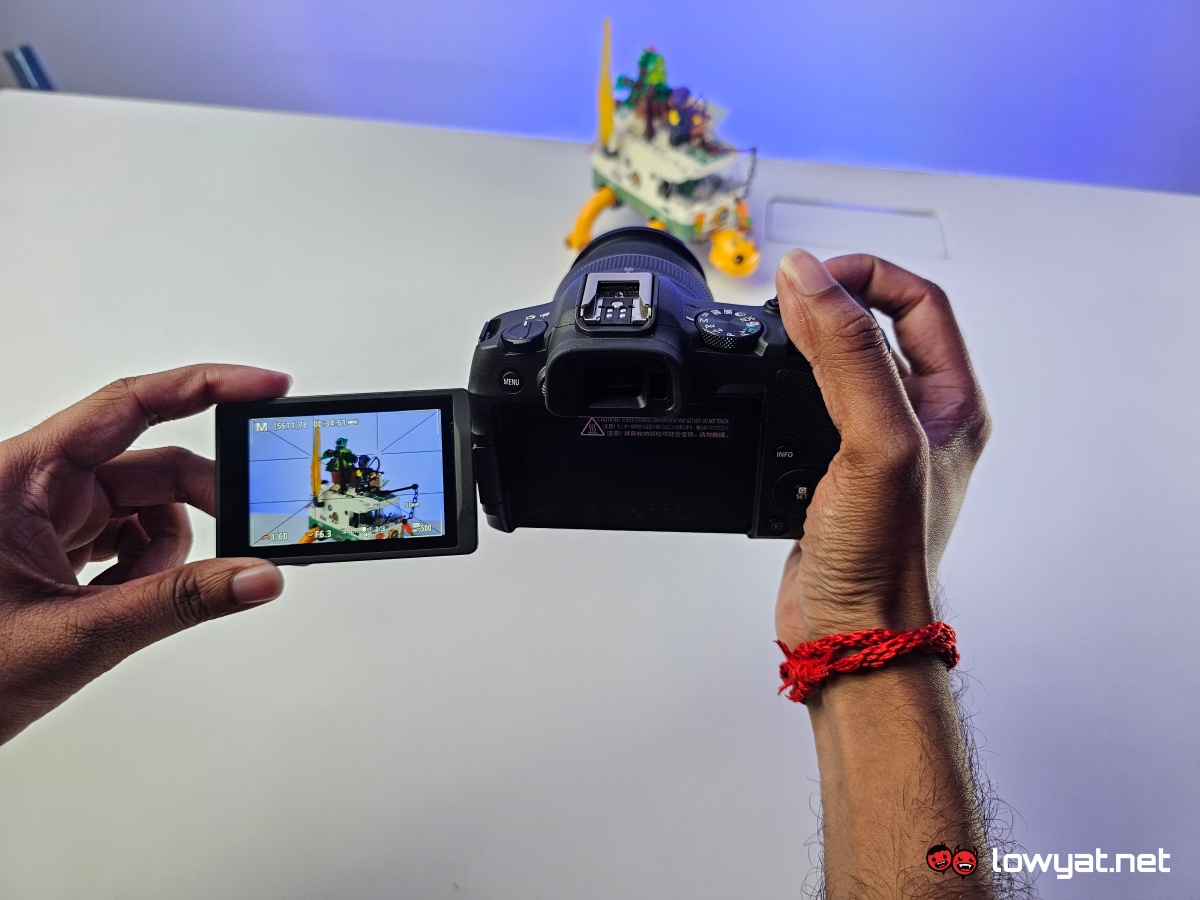
The EOS R8 closely resembles another camera by Canon, the EOS RP, though their classification as compact full-frame cameras is where the similarities end. Unlike the latter, the more recent model packs a larger viewfinder, a higher resolution LCD display, a multi-function hotshoe, better battery efficiency, more features, and a lighter weight of 461g.
Granted, the R8 comes with a smaller 24MP full-frame CMOS sensor when compared to the RP. However, it makes up for this by featuring Canon’s latest Digic X image processor, a higher ISO count, better colour depth and dynamic range, advanced subject-based tracking, focus stacking, unlimited video recording limit, and a blazing fast continuous shooting rate of 40fps. In short, the camera is in many ways a “lite” version of the brand’s EOS R6 II, sans the sensor-shift image stabilisation system and other things.
What’s Good About It?
For one thing, the Canon EOS R8 is more affordable than the R6 II but costs more than the RP, coming in at RM7,199 for body only. At that price, the camera serves as decent consideration for those who wish to dip their toes into full-frame as well as professional-level photography.
In fact, its fast continuous capture rate is excellent for capturing sports or wildlife. This is complemented by the autofocus system that’s essentially borrowed from the mid-range R6 II, which comes with a wide library of subjects to help the camera to automatically detect and track things such as people, birds, vehicles and so on. For added convenience, there’s also the option to tap the LCD screen to cycle between different objects, though this means that you’ll be relying on Live View instead of the camera’s EVF.
Another feature that the R8 inherits from the R6 II is the Raw Burst mode, which includes a pre-buffer that captures images in the camera’s memory when the shutter is half-pressed, and then records 15 of these to the card once it is fully pressed. This lets you preemptively capture moments even before you commit to the burst shot.
The camera certainly delivers in terms of image quality. Even when shot in JPEG format, photos appear sharp and vibrant, while details preserved through noise reduction for those captured in low-light appear pleasant. Of course, in order to get the most out of your photos, shooting in RAW is the much preferred approach, especially if you wish to add post-processing to the mix. On that note, all photo samples showcased in this review are shot in JPEG without any editing done.
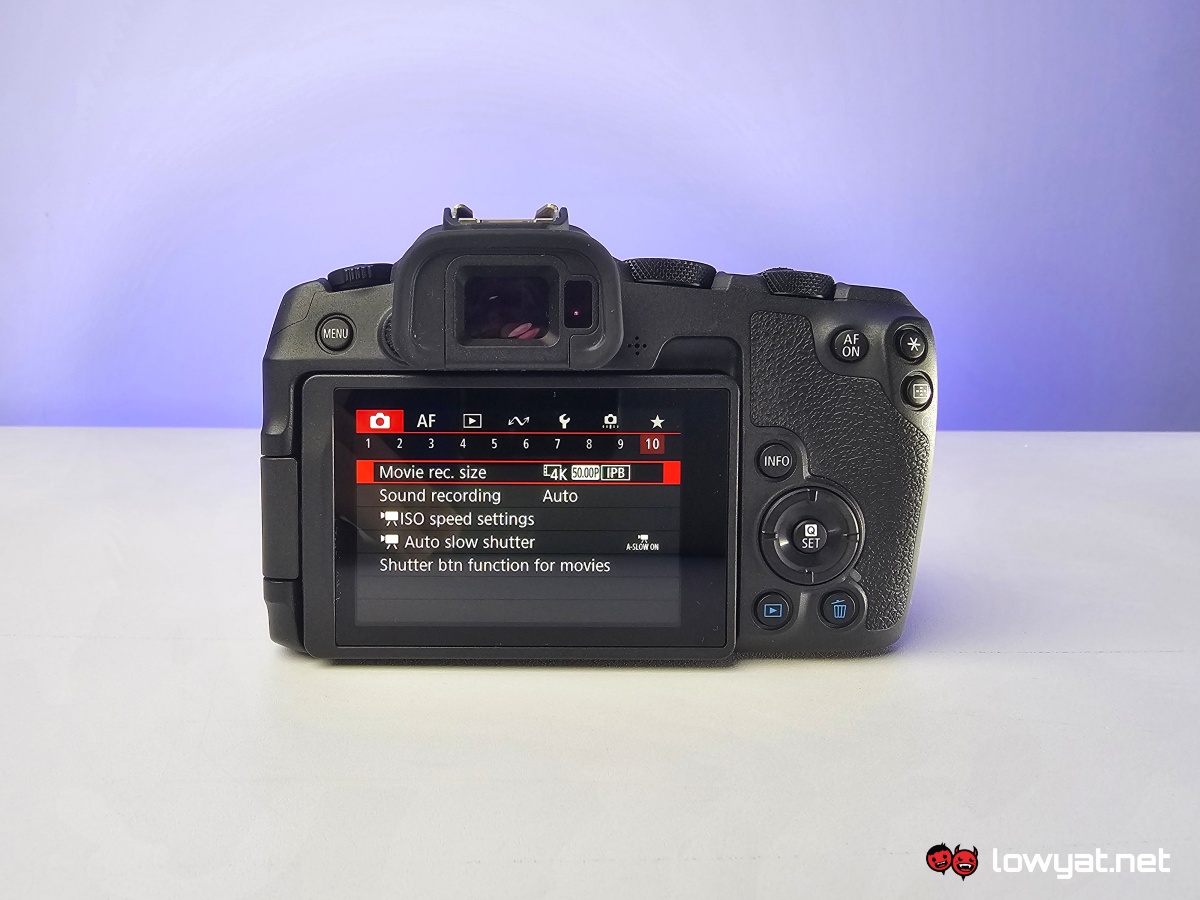
Impressively, photography isn’t the only thing which the Canon EOS R8 excels in, as its video recording capabilities are also commendable. It can shoot up to 4K 60fps in 10-bit C-Log3 or HDR PQ, derived from full-width 6K. While it can record longer than the EOS RP, the length of recording still depends on the memory card’s capacity as well as battery.
On that note, the camera’s battery efficiency is an improvement over the RP model, despite using the same battery pack type. This enables for a claimed total of 290 shots or above two hours of video recording on a single charge. And like most shooters in the market, you can also charge it via USB-C power delivery.
What’s The Catch?
To be honest, I don’t really have much gripes about the EOS R8, especially considering the fact that it’s an entry-level full-frame camera. Granted, there are certain things I did wish it had, but those are often reserved for mid-tier models or above.
One of which is its lack of in-body stabilisation, where instead it relies on lenses with built-in image stabilisers. This is something that consumers should take into account, as using the wrong lens will impact both their photography and video shooting.
While its video performance is above average, the R8 isn’t the most ideal choice for videography. It could support only one UHS-II card at a time, which means you’ll have to swap cards during long shooting sessions. That being said, the camera could serve well as a secondary or backup unit instead.
Should I Buy It?
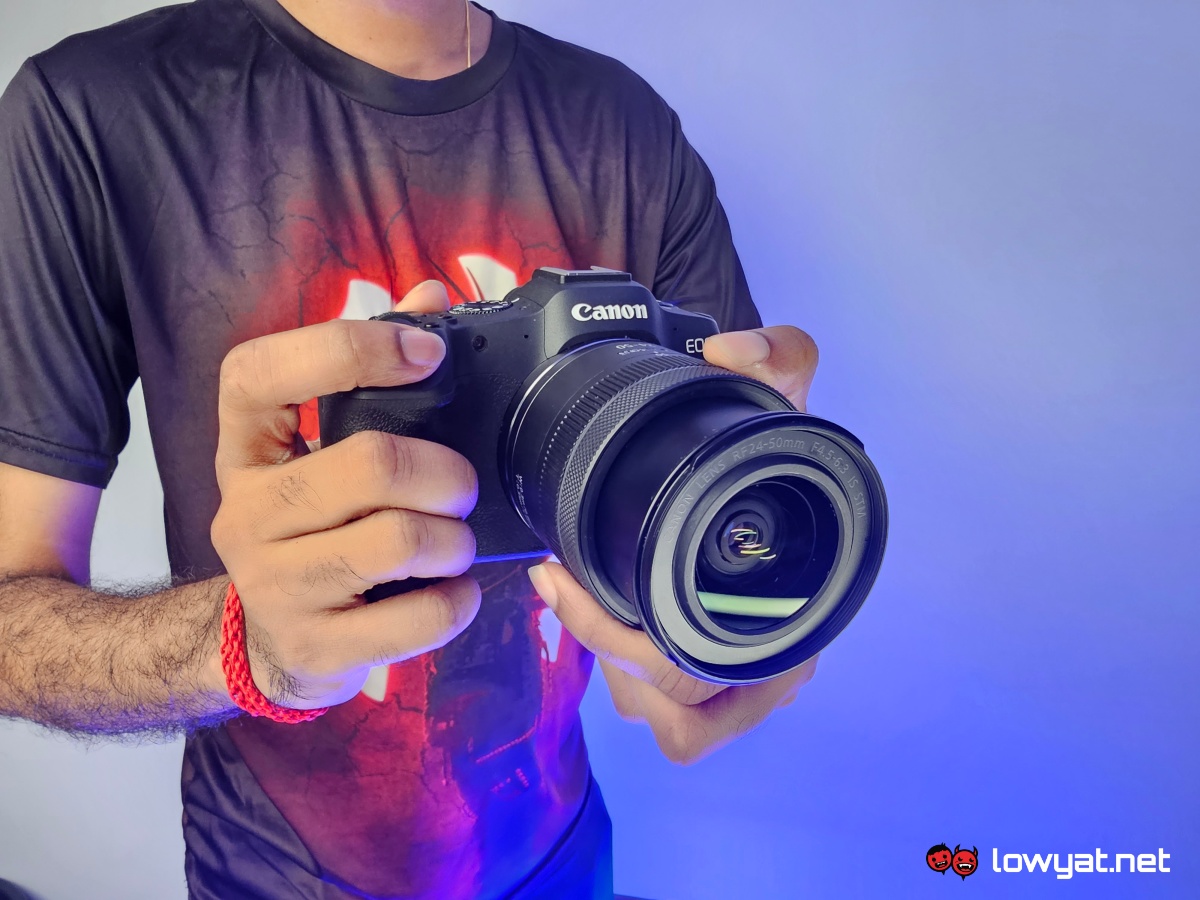
The Canon EOS R8 isn’t exactly a one-to-one alternative to the R6 II, and its lack of in-body stabilisation and certain features causes it to fall short behind the likes of the Nikon Z5 and Sony a7C. However, most of its specifications and features are considerably impressive for an entry-level model, and a full-frame one at that. And as I mentioned earlier, it is still one of the better choices in the market if you’re looking to take the next step in photography.
Additional Sample Shots Taken With The Canon EOS R8
Follow us on Instagram, Facebook, Twitter or Telegram for more updates and breaking news.


